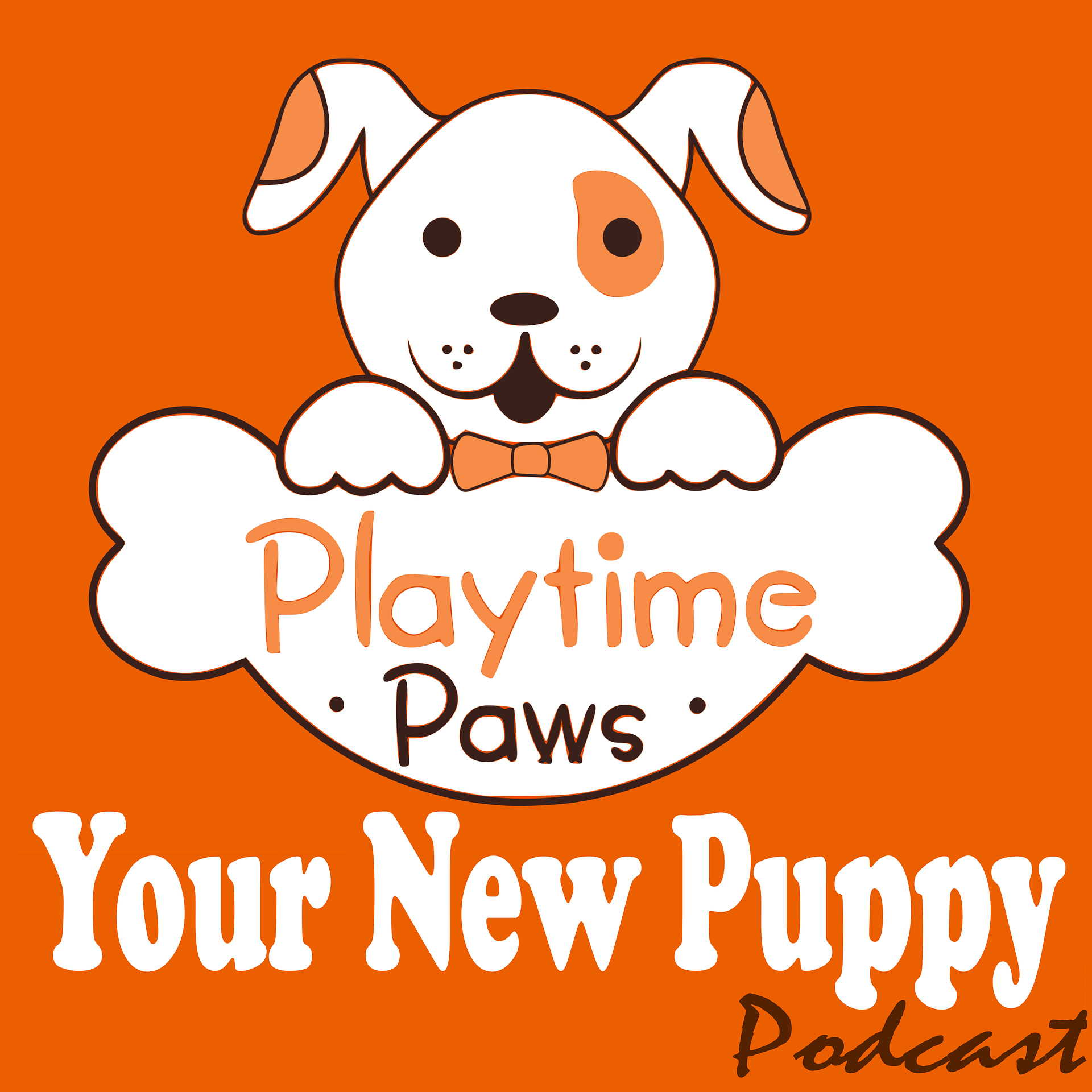Different Leash Walking Tools (Part 02: Collars and Harnesses)
Description
Every dog needs a collar and leash. There are many options out there so let's talk about them.Each of these tools has it's advantages and disadvantages and there's no one perfect solution that works for every dog.In part one I talked about the different types of leashes. In this episode (part two) I talk about the most common types of collars and harnesses that are available.I also share my recommendations and which ones I think you should avoid. By the end you'll have a better idea of what will work for you and your dog. Here are the different types of collars and harnesses I talk about:Flat Collar:This is the most common type of collar. It usually holds some kind of identification. You may or may not use this one for walks as well as everyday use.There is a slightly different version that has similar uses which I talk about next. I recommend the flat collars that have a quick release (which is the type of clip you see in the picture). Most flat collars have this type of clip. What I don't want you to use the type collar where you have to loosen and tighten the collar to get it on and off. There are many ways for these collars to get caught up and you want to be able to get them off quickly. Martingale Collar:This collar is very similar to the flat collar. The difference is that there is an extra piece that when a leash is attached and they pull the collar pinches together to make it just small enough so they can't pull out of the collar. It's NOT a choke collar (in fact if it chokes your dog then it's too tight). It's made for safety reasons so your dog can't pull back and out leaving you standing there with a leash and collar and no dog! This is the everyday collar I recommend.As with a flat collar, you may or may not use this for walks and I recommend using one with the quick release clip. Harness:Harnesses are also very recognizable. I favor this tool for everyday walking. For some dogs a harness can encourage pulling and you loose a little control compared to a neck collar. That being said, I've seen enough neck injuries to still recommend a harness over a neck collar for walks. If you have a heavy puller there are some separate tools for that. So let's talk about them... Head Collar or Gentle Lead:This tool is specifically designed to help with leash pulling. When your dog pulls forward the collar pulls their head around taking away their leverage. It's very effective. The biggest drawback is dogs hate it. They don't like the strap that sits around their nose. Some dogs will get used to it but for the most part they tend to reject it. Front Clip Harness:This is the tool I recommend for leash pullers. Essentially it's a regular harness with a clip in the front as well as the back. You don't need the double leash like in the picture but some do come designed that way.It works in a similar way to the head collar. When your dog starts to pull forward they get turned around and lose their leverage. It's very important to get the fit right for these, otherwise it's just the harness that spins around, not the dog. What I don't recommend:E-collar, pinch collar, choke collar.Each of these tools are designed to make your dog uncomfortable to stop a behavior. In my experience these cause more behavior problems than they fix. Those are the tools I talk about in part two. Head over to Episode #75 for part one where I talk about the different types of leashes. In this episode I talk about:* The most common types of collars and harnesses.* Which tools I recommend and why.* My recommendations for young puppies.
More Episodes
Published 04/19/24
Published 04/15/24
It can be counter intuitive but when your puppy has a potty accident, we shouldn't punish them.You may feel that you need to do something to let them know "this is wrong". Or maybe you know that you're not supposed to punish your puppy's potty accidents but you're not sure why.In general, I...
Published 02/07/24


